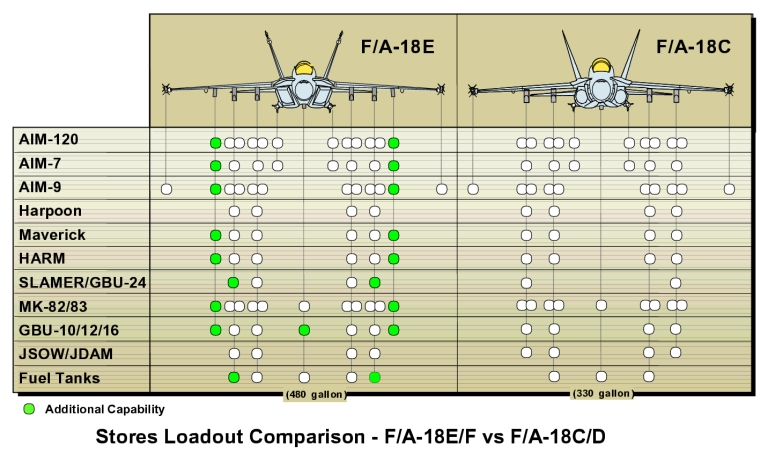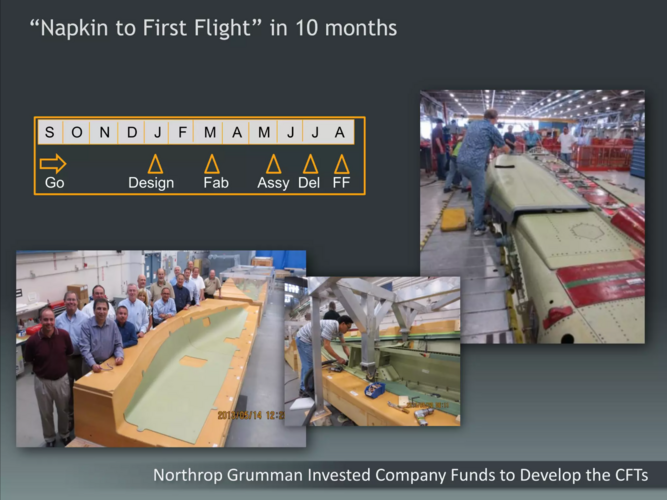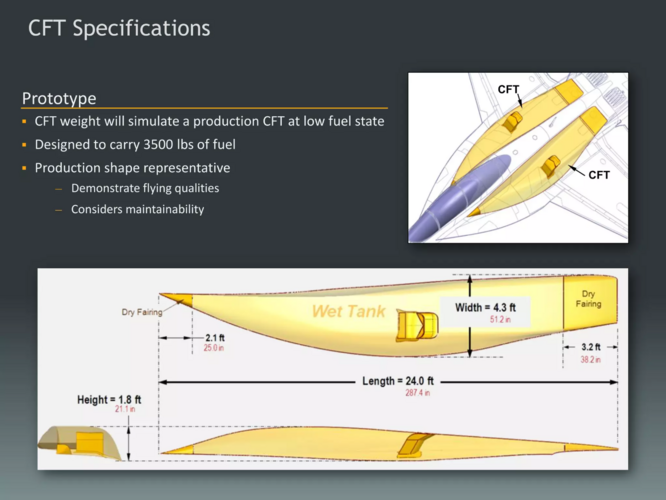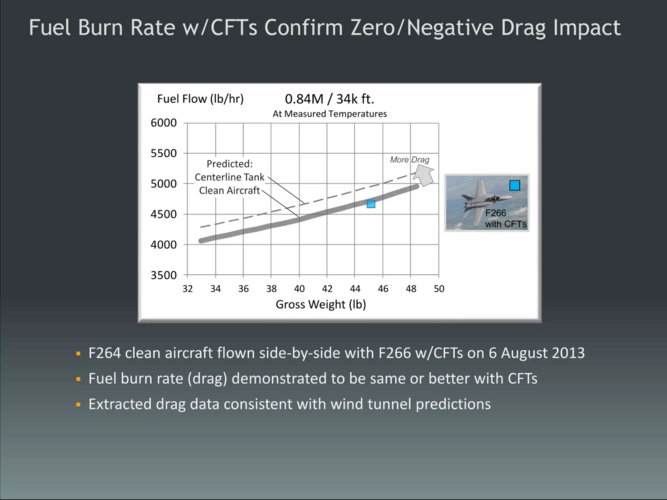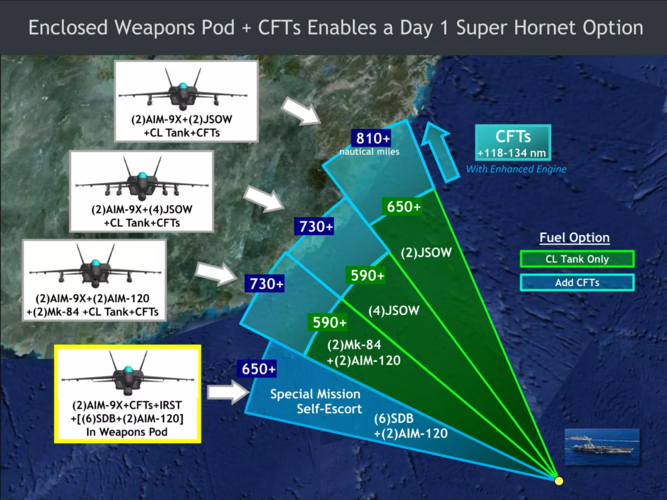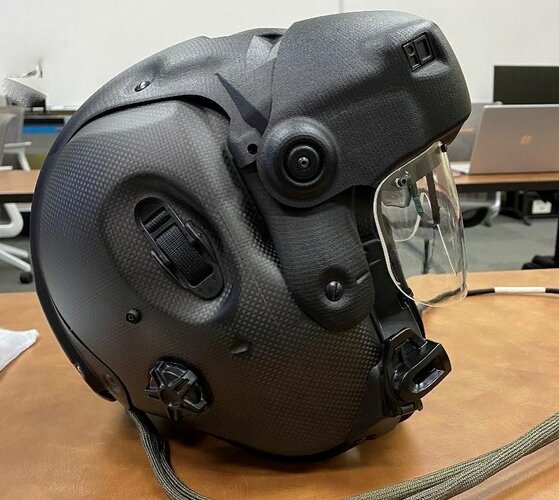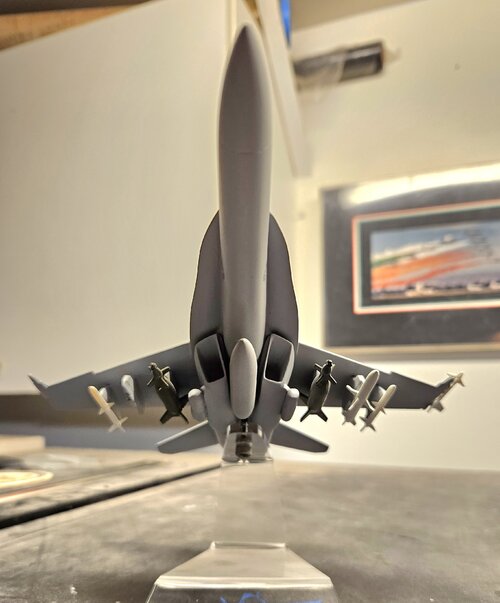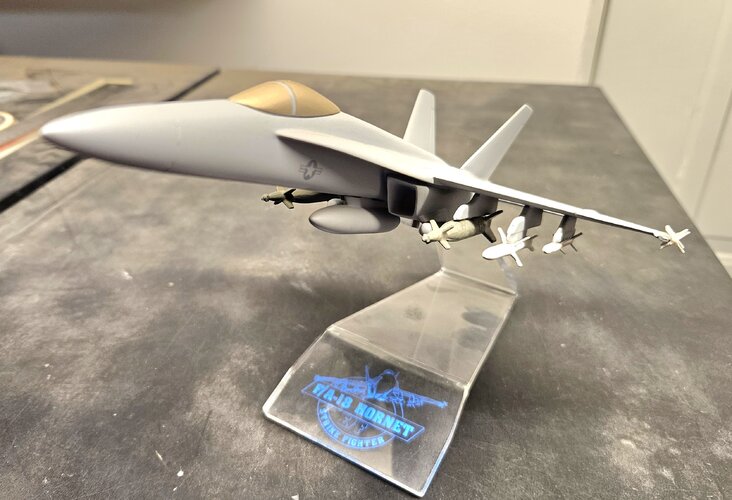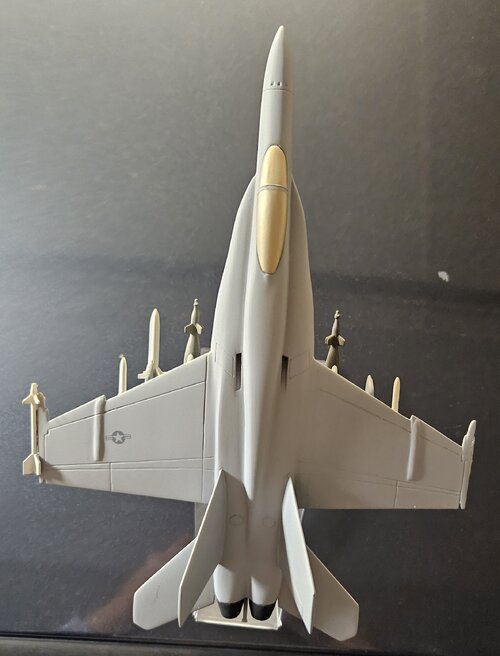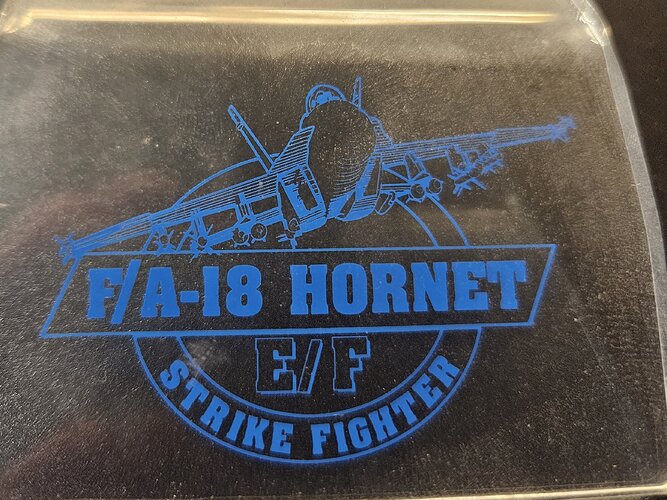FighterJock
ACCESS: Above Top Secret
- Joined
- 29 October 2007
- Messages
- 5,596
- Reaction score
- 5,923
For that, you would be right. We gotta ensure that all the parts for these aircraft see the light of day before they are eventually retired, and the more parts that are available, the much longer they will remain up in the air and in service. I just hope that their replacements will just be as venerable and capable as the Hornets were when they come to service.Hopefully enough to last until the 2070s at the most. Perhaps they, alongside the F-15EXs and F-16 Block-72s will be the last remaining Fourth-Generation Fighters that the US will ever field, as they slowly gain more Fifth-Generation and Sixth-Generation fighters, and maybe even start fielding a few Seventh-Generation Fighters soon enough.It will be sad when the Hornet production line closes, but there will still be plenty of Super Hornets on carrier decks for now.
Let’s get the sixth generation fighters into service first before talking about seventh generation, but you are probably right about the fourth generation lasting as long as the 2070s after all the US Navy and the USAF will want to get the most of the last Falcons Eagles and Hornets before they eventually retire.
It will be interesting to watch what the true capabilities of the NGAD/F/A-XX will be when they enter service, I cannot wait to see the sixth generation fighters enter service.



